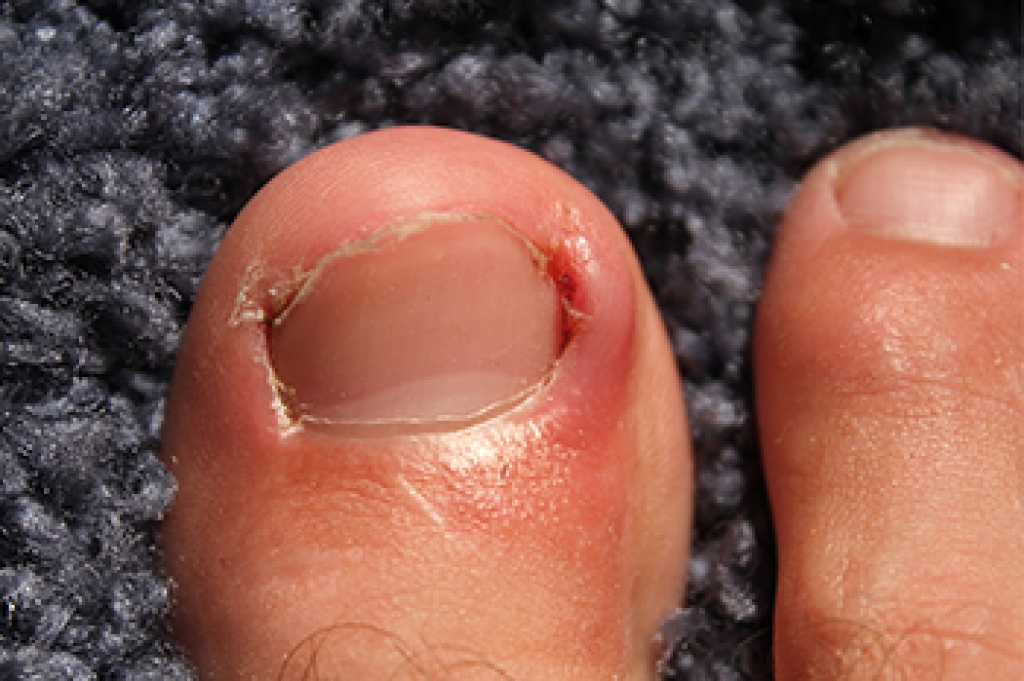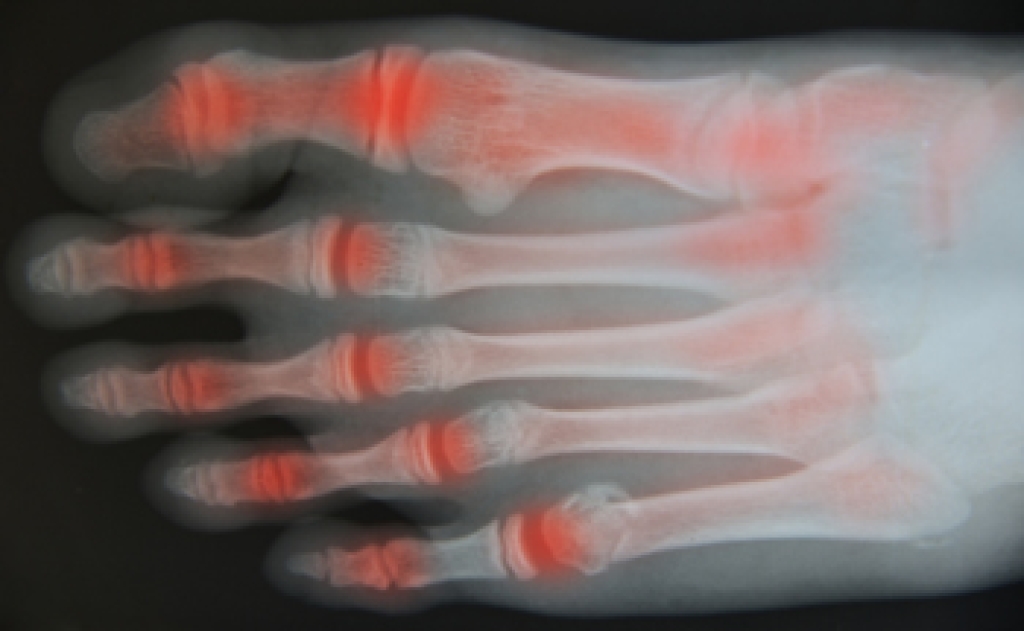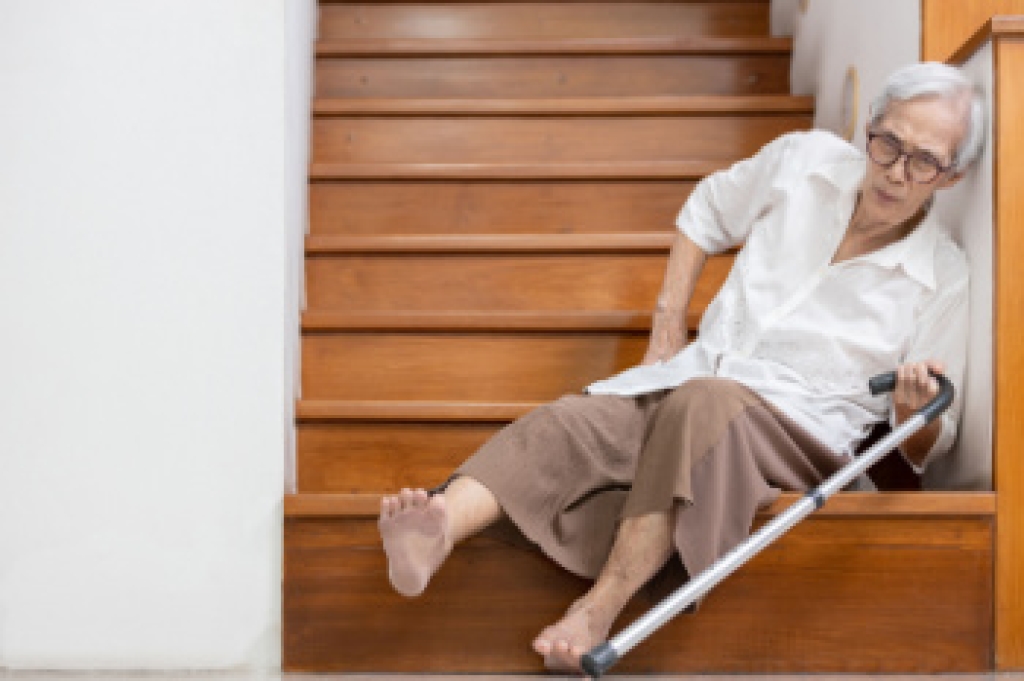
An ingrown toenail occurs when the edge of the nail grows into the surrounding skin, causing discomfort, redness, and swelling. It is often caused by improper nail trimming, wearing tight shoes, injury, or having naturally curved nails. Risk factors include poor foot hygiene, genetic predisposition, and conditions like diabetes or circulation issues. Symptoms may include pain, tenderness, swelling, and sometimes infection. A chiropodist can provide expert care by safely trimming the nail, relieving pain, and preventing infection. They can also offer guidance on proper footwear, nail care, and long-term prevention strategies. If you are experiencing discomfort from an ingrown toenail, it is suggested that you schedule an appointment with a chiropodist for professional treatment.
Ingrown toenails may require medical attention. If you have significant pain or notice signs of infection from an ingrown toenail, please consult with one of the specialists from Thornhill Foot Clinic. Our chiropodists will assess your condition and provide you with quality foot and ankle treatment.
What Is an Ingrown Toenail?
An ingrown toenail occurs when the edges of a toenail grow into the surrounding skin. The toenails of the big toe are usually affected, however, an ingrown toenail can happen on any toe. Sometimes, the area can become infected leading to potentially serious complications. The ingrown toenail may be caused by improper trimming of the toenail, wearing ill-fitting shoes, or injury to the nail.
Symptoms
The symptoms of an ingrown toenail include:
- Pain
- Swelling
- Redness
- Warmth
- Pus or drainage from the affected nail or a fever may indicate an infection of the area.
Treatment
Treatment depends on the severity of the ingrown toenail. In less severe cases, home treatment may be adequate. Soaking the affected foot in warm water and gently lifting the nail from the skin with a piece of clean cotton can help. In more severe cases, you may need to use topical or oral antibiotics to treat an infection. Surgical removal of the ingrown toenail may be required if more conservative treatments fail.
Ingrown toenails may be prevented by wearing well-fitted shoes and properly trimming the toenails. Toenails should be trimmed straight across and not too short when using nail clippers.
If you have any questions please feel free to contact our office located in Vaughan, ON .




